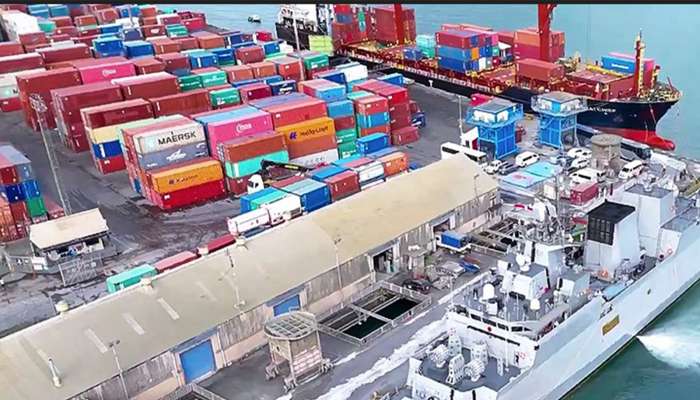
India is hopeful of resolving all outstanding issues related to the review of its trade agreement with the 10-member Association of South East Asian Nations (Asean) bloc. This comes as both sides exchange proposals to sort out the issues of the last two months, said a senior government official.
“After the 10th joint committee meeting (in August), we had discussion with Asean over the outstanding issues. The bloc had given us a proposal, combining all the outstanding issues. After studying that, we have given a counter proposal. We are hopeful that we will soon be able to resolve the outstanding," said an official.
The ASEAN-India Trade in Goods Agreement (AITIGA), signed in 2009 and implemented in 2010, was envisioned as a catalyst for deeper economic integration between the two rapidly growing regions. Yet, more than a decade later, its outcomes invite growing scrutiny, particularly due to the widening trade imbalance that disproportionately benefits the ASEAN region.
Between FY 2009 and FY 2023, India’s imports from ASEAN surged by 234.4 percent, while its exports to the bloc increased by only 130.4 percent. Consequently, India’s trade deficit with ASEAN widened from US$7.5 billion in 2011 to approximately US$44 billion in 2023. These figures underscore a growing asymmetry that challenges the original promise of shared prosperity. As India-ASEAN continue their review of the AITIGA in 2025, a closer examination of the trends, concerns, and emerging opportunities is both timely and essential.
Understanding the Trade Disparity
At its core, the widening trade deficit reflects the limited market access Indian producers have secured in ASEAN compared to what their ASEAN counterparts enjoy in India. Countries such as Indonesia, Malaysia, Thailand, and Vietnam have capitalised on India's large and growing consumer base, particularly in sectors like electronics, palm oil, rubber, chemicals, and machinery.
On the other hand, India's exports, dominated by petroleum products, automobiles, pharmaceuticals, and engineering goods, have faced multiple non-tariff barriers in ASEAN markets. These include stringent standards, regulatory hurdles, and delays in customs procedures, which have collectively constrained India's export potential.